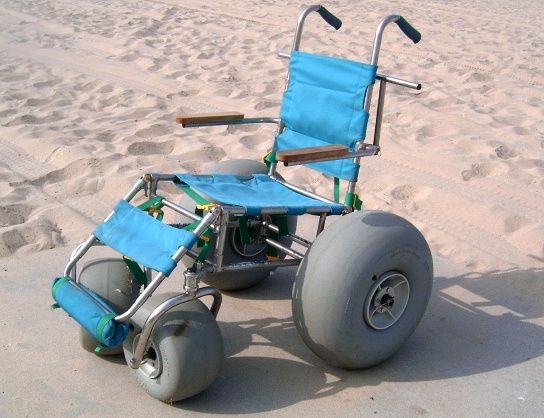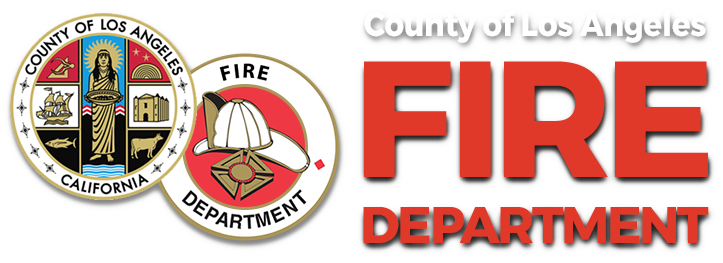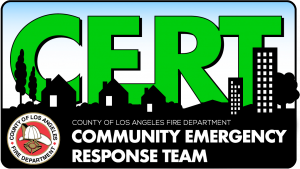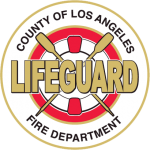
Lifeguard FAQ's
Here are the answers to some common questions about lifeguard activities and the Los Angeles County beaches. Also, use the link below to download our poster on rip currents, the leading hazard to beach goers:
The flags mark the designated swimming and body-boarding area. There is no surfing allowed between the flags. The lifeguard places the Flags in the safest area to swim away from rip currents and inshore holes. Depending on the season and activity, you may see the two flags crossed. This serves as a designated point of reference to keep swimmers and surfers separate.
A rip current is a dangerous channel of water leading out to sea. Water left onshore by breaking waves needs somewhere to go and the force of this water forms lateral currents, called feeders, that feed the neck of the rip current. Water rushes out to sea in the neck of the rip current and disperses at the head of the rip current. Usually waves do not break in the rip current’s neck; the water is brown and murky from the sand kicked up by the water. Click below for more information on rip currents:
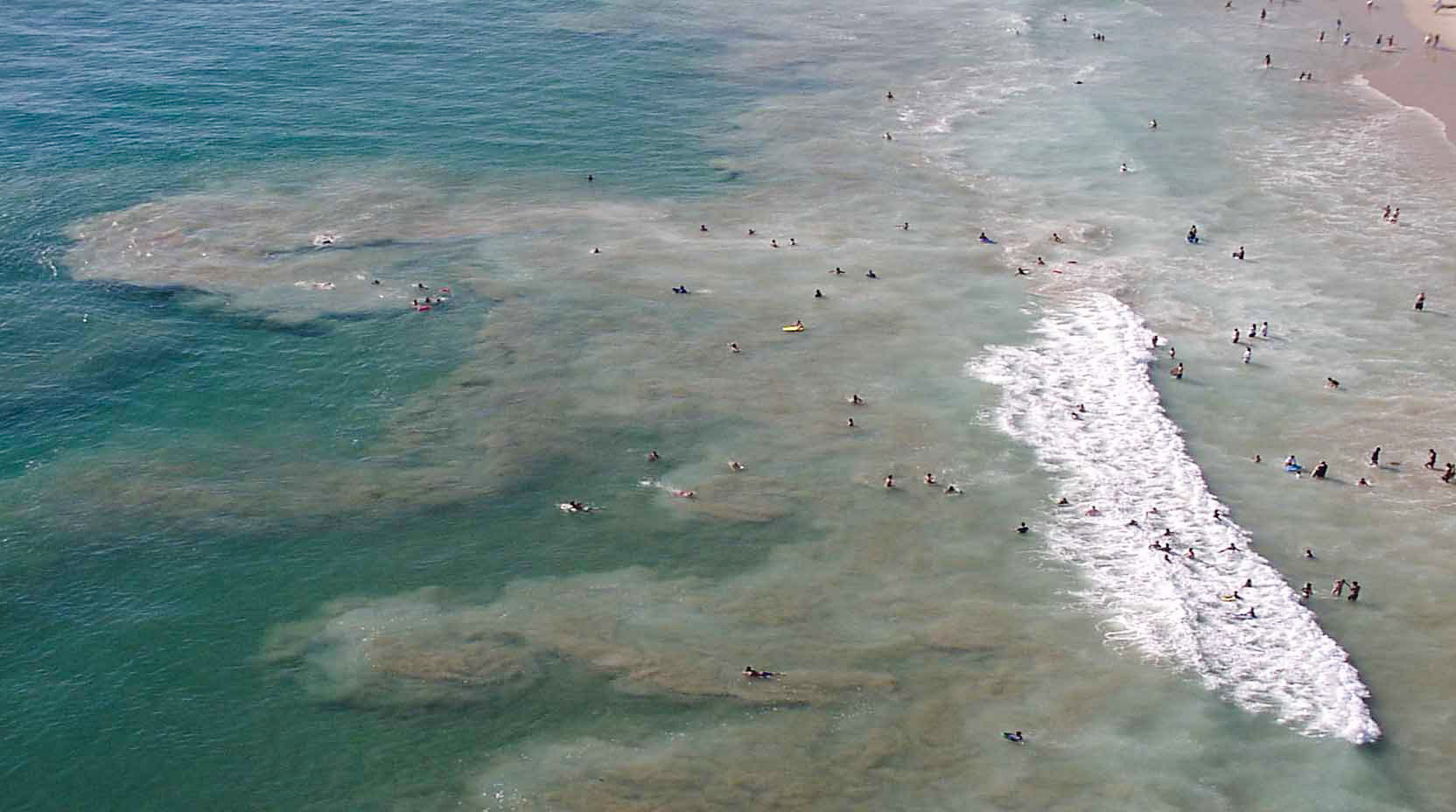
At certain times of the year, especially during or after periods of large surf, the ocean bottom can be very uneven. Waves break in shallow water and displace the sand on the ocean floor. Ocean patrons may notice this condition while walking through the water close to shore, when just one step sends you from ankle-deep to waist-deep water. These areas may be somewhat difficult to identify. Consult the lifeguard prior to entering the water to get a report of the conditions.
The Los Angeles County Lifeguards call this the black ball flag. You will see this flag posted under the American flag at the lifeguard towers when conditions require it. This flag lets surfers and other beach patrons know that the area around the lifeguard tower is for swimming and body boarding only.
The area inside the orange cones is designated as emergency parking for lifeguard vehicles. Every open lifeguard tower and main lifeguard station will have this area set up in case of emergency. For your safety and the safety of others, you should stay outside the cones so that emergency vehicles and personnel can conduct their business efficiently. Consult the nearest lifeguard if you are unsure of where to sit, to ensure that you are situated in a safe place.
Fiberglass and foam surfboards, body boards and inflatable canvas surf mats are the only acceptable flotation devices on Los Angeles County beaches. Other inflatable flotation devices are not allowed in the water.
If you come across any sea creature on the beach, do not touch it or attempt to help it. The best thing you can do is notify the nearest lifeguard and they can contact the proper authority.
First of all, try not to touch the site where you came in contact with the jellyfish. Consult the nearest lifeguard and he or she will treat you appropriately. Usually, treating the sting with a mixture of vinegar and saline water will alleviate the pain.
Go straight to a lifeguard for treatment. The venom from the sting ray barb will cause intense pain, so getting to a lifeguard for treatment is imperative. For a copy of our Stingray Handout with more detailed information click here:
No. Overnight camping is prohibited on all Los Angeles County beaches.
*Dockweiler beach does have an RV Parking Lot that is run by the L.A. County Dept. of Beaches and Harbors.
There are no pet animals allowed on any beach in Los Angeles County. The only exception to this rule is if you have a service dog to assist you with a disability.
Fires of any kind on the beach are allowed at these locations in Los Angeles County: Cabrillo Beach and Dockweiler Beach. All fires must be contained in the provided fire rings. Fires must be maintained at a reasonable level. Do not stack palates or other forms of wood higher than the level of the ring. Do not use gasoline or other fuels to intensify the flames. When you are ready to leave, simply allow the fire to burn out. Do not pour sand, water or any other form of fire retardant on the flames.
Generally, the beach is first-come, first serve unless a permit obtained. See the following link for more details:
Information for the Junior Lifeguard program and the registration process please, follow this page for updated information.
*If you are unable to access the website please call (310) 939-7214.
County code states the following:
- No swimming, wading, surfing and/or bodyboarding permitted after sundown.
- No overnight camping.
Beach wheelchairs and beach access mats are located throughout the 72 miles of Los Angeles County coastline. Click below for more information.
